A computer will not be able to start and function without memory. A computer typically comes with different types of memories and each of them performs different functions at different stages.
Overall, all of these different types of memories in a computer together are responsible for the level of performance provided by the system as well as its speed of operation.
An average user may not have a fair bit of knowledge about the different types of memory available in a computer, which however, should not be the case. Through this article you can enhance your knowledge if you too lack it, just in case.
In This Article
KEY TAKEAWAYS
- The main memory of the computer is called the primary memory, quite naturally, and is responsible for booting up or starting the computer.
- The primary memory is usually non volatile in nature and comes in two distinct variants such as RAM and ROM with several subcategories of them.
- The secondary memory is usually non-volatile in nature and therefore can retain the data in it even if the power is turned off. It can be either magnetic or optical.
What is Memory in Computer?
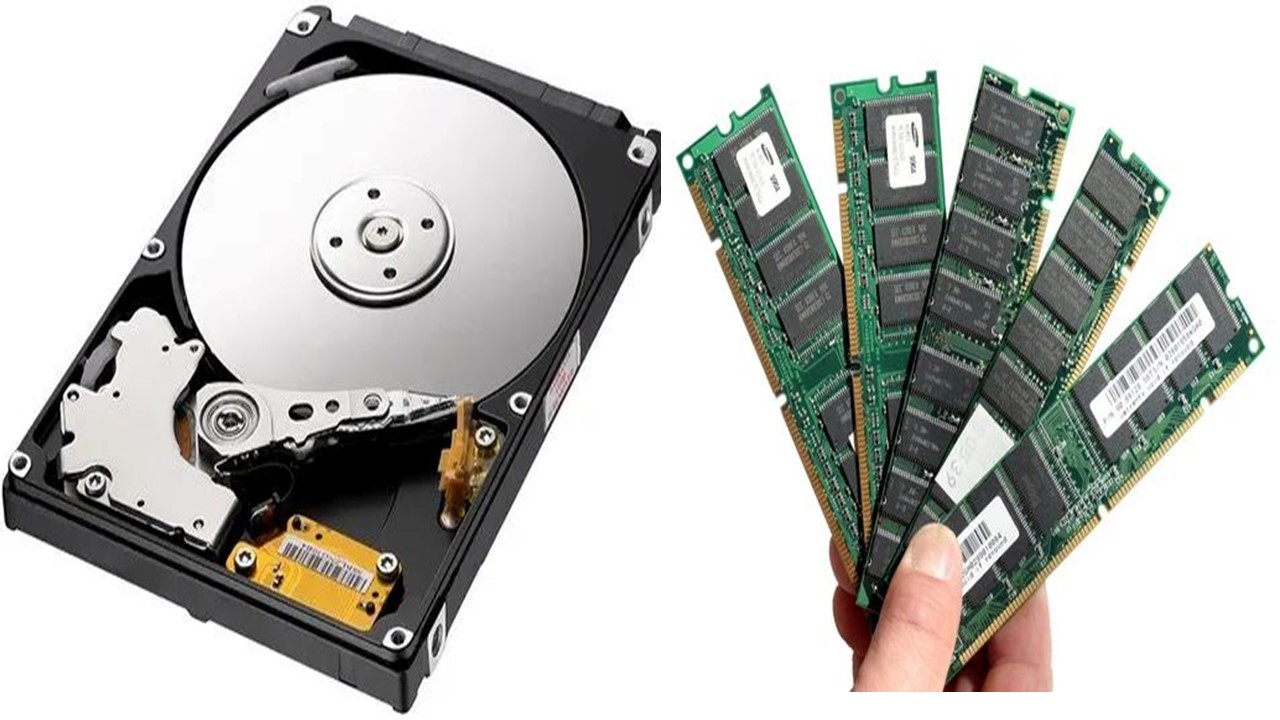
The most important component of the computer is its memory. There are different types of memories available, usually fixed on the motherboard.
These are practically storage devices and are used to store instructions and data that are accessed by the processors of the computer to perform any particular task.
All data and instruction stored in the storage spaces in a computer are processed and the results of these instructions are used to:
- Startup the computer
- Load the applications and
- Run them successfully.
Ideally, the memory of a computer is divided into a large number of cells. Each of these cells have a unique address.
The memory sizes may vary according to the type and specifics of the memory.
Normally, all these storage devices have the unique ability to store and fetch data, irrespective of the location, such as the hard drive or the optical discs.
There are mainly two types of memories, namely:
- Primary and
- Secondary memory
Primary memory is also known as the main memory. It is volatile because it stores only the data and instructions on which the computer is working currently and does not store it permanently.
This data is required by the operating system.
The primary memory has a minimum capacity.
The data is lost when the system is switched off because it does not have the features to save them permanently.
This memory is ideally constructed with a semiconductor device and can perform any task much faster than the secondary memory.
It usually contains all data and instructions that are required to start and run the computer.
Under the primary memory category, there are two sub categories namely RAM and ROM. Moreover, the RAM is further divided into two categories such as:
- DRAM or Dynamic RAM and
- SRAM or the Static RAM.
Similarly, ROM is also divided into three different categories, namely:
- PROM
- EPROM and
- EEPROM.
The secondary memory, on the other hand, is also known as the external memory. It is non-volatile and divided into two categories, namely:
- Magnetic and
- Optical memory.
The best examples of magnetic memory, though obsolete now, are the floppy discs. On the other hand, optical memories are CDs and DVDs.
The secondary memory is much slower in performance and speed than the main or primary memory.
These memories cannot be accessed by the CPU directly.
It must be done via input-output routines. The contents of the secondary memory are transferred first to main memory from where the CPU gains access to it.
4 Different Types of Memory:
1. Cache Memory
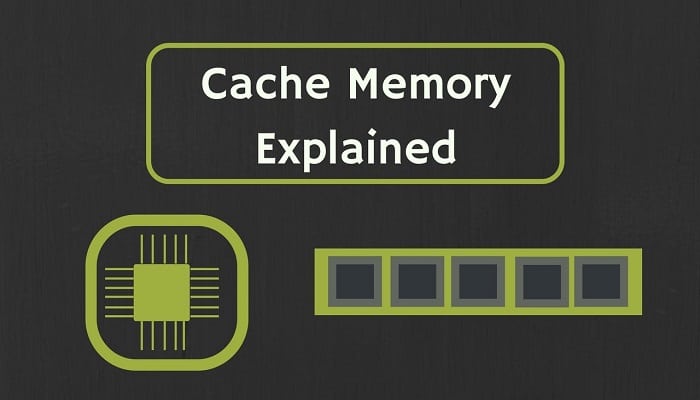
It is actually a high-speed semiconductor memory. This memory has the ability and feature to help in expediting the performance and speed of the CPU. This is because:
- It actually acts as a buffer between the CPU and the main or primary memory and
- It holds the parts of the program which are mostly used by the CPU.
The data and instructions are transferred by the operating system from the disk to cache memory for the CPU to access them from there.
This memory is much faster as compared to the primary memory that needs higher access time.
As compared to the main memory, the cache memory can store the data and programs that are accessible by the CPU quickly and can be executed much faster.
The data will be stored for temporary use primarily because the cache memory has limited capacity. It is also very expensive.
2. RAM or Random-Access Memory
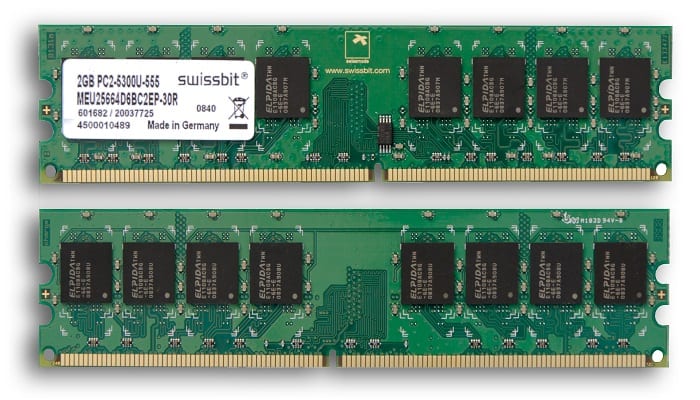
Random-Access Memory or RAM gets its name based on the fact that the selection of memory location is at random. Here both the read and write functions can be done and data can be stored temporarily.
However, if there is any power failure or you switch off the system during the access of the memory then there will be no data or instructions found.
This is because a RAM is a volatile memory and therefore, cannot save the data and instructions permanently. Check out the differences between RAM and ROM.
The RAM is further divided into two parts such as:
- SRAM or Static Random Memory – This holds the data in the static form. This means that you will not need to refresh it over and over again. SRAM provides quick access to data but is much more expensive than DRAM. This is because each cell in it has multiple transistors. There are no capacitors used in SRAM. These are ideally used in PCs, hard disk buffers, printers, LCD screens, CD ROM, router buffers, CDRW drivers and different peripheral equipment.
- Dynamic RAM or DRAM, on the other hand, is used in computing devices that contain capacitors and transistors. These use different types of capacitors or transistors to store each and every data with two sets of value in one bit. These two sets of values are 0 and 1. This type of RAM is less expensive as compared to other RAMs. The data written by DRAM is in byte level and can be read at multiple byte page levels. The power consumption in DRAM is less compared to other RAMs.
3. ROM or Read-Only Memory
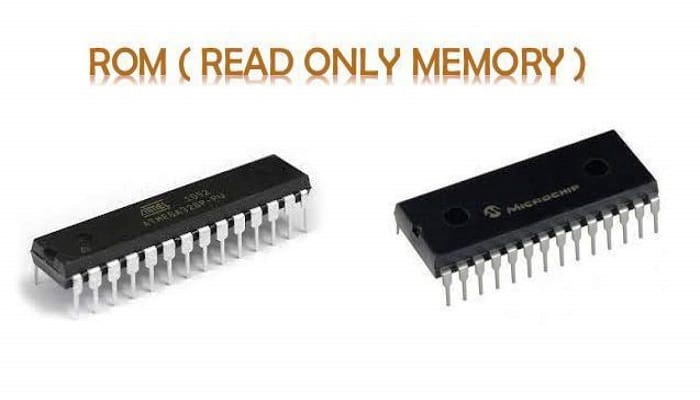
ROMs come with heavy features that help it to save data and instructions permanently in a specific memory location.
However, it can perform read-only operations. This means that you as the user will only be able to read the data and not be able to alter or overwrite them.
A ROM is typically used when there is no need of making any changes in the program such as in calculators and other peripheral devices. This is located within the embedded system.
There are different types of ROMs such as:
- PROM
- EPROM
- EEPROM
PROM stands for Programmable Read Only Memory.
The coding is usually done by the manufacturers and once it is done, it is hard to make any changes in it. It is primarily used to store permanent data in digital electronic devices.
EPROM is the short form of Erasable Programmable Read Only Memory.
This ROM can be re-programmed by erasing the data from it by using high power ultraviolet lights. The UV light helps to erase a cell in EPROM.
EEPROM or Electrically Erasable Programmable Read Only Memory stores data that can be erased and re-programmed only by using electrical charge instead of ultraviolet lights.
However, this can be done one byte at a time. This is the replacement of PROM and EPROM chips and are used in the BIOS.
The EEPROM parameters and configurations have replaced the BIOS COMS memory in the modern computers.
4. The Storage Memory
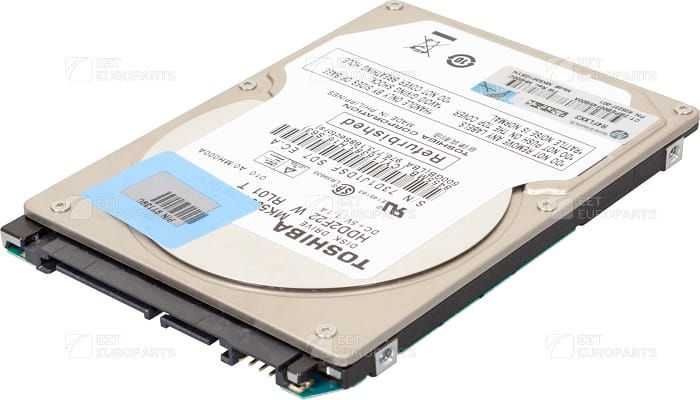
Apart from the RAM, ROM and cache memory, a computer will also need some storage memory.
This will enhance its performance by a significant margin. These storage memories are the Hard Disk Drives or the Solid -State Drives.
The HHDs especially come in different sizes and speeds such as 5400 RPM or Revolutions Per Minute or even 7200 RPM.
There are few drives that even come with a 10,000 RPM specification!
The SSDs are even faster and consume less power, take less pace and produce less heat while performing.
Wrapping It up
Memory is a crucial component of a computer, and without it, the computer cannot function.
There are two main types of memories, primary and secondary, which perform different functions.
The primary memory consists of RAM and ROM and is volatile in nature, while the secondary memory is non-volatile and includes magnetic and optical memory.
There are also other types of memories, including cache memory and various subcategories of RAM and ROM.
Understanding the different types of memory in a computer can help improve its overall performance and speed of operation.